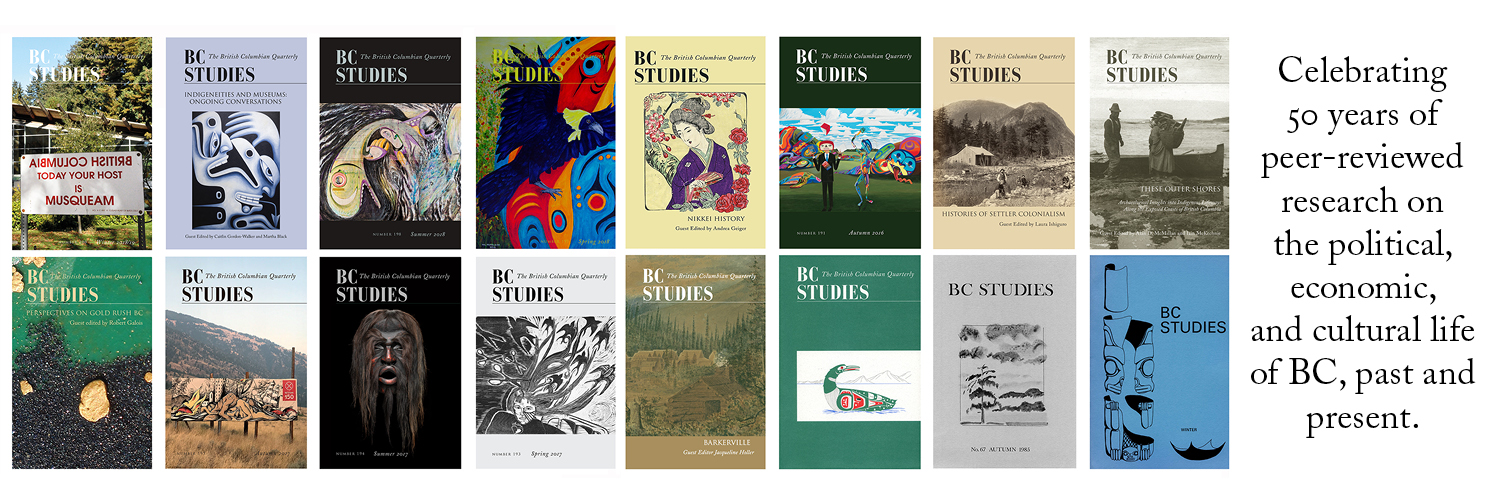“We Shall Arrive at the “Utopia” of Nursing”: Reconceptualizing Nursing Labour in British Columbia, 1945-1965
DOI:
https://doi.org/10.14288/bcs.v0i206.192263Keywords:
labour force, legislation, nursing, schoolingAbstract
In the period following the Second World War, British Columbia struggled to meet its nursing labour needs. The provincial government, hospitals, nursing organizations, and other groups used a number of inter-related strategies to meet these needs, including expanding educational opportunities, enticing nurses who left practice back to work, and embarking on community-based care models. One of the most important strategies, however, was the recasting of nursing labour as encompassing not only registered nurses but also other kinds of workers. Practical nurses were the most important of these groups. In mid-20th century British Columbia, there were significant efforts to improve the education of practical nurses, discussions about their specific duties, and considerable debate about whether or not such workers should be regulated. This article examines the shift toward creating a credentialed community of practical nurses in British Columbia from 1945 to 1965. The growing number of formally trained practical nurses, who were intentionally positioned between registered nurses and other kinds of hospital workers, helps to illustrate how nursing labour was reconceptualized in post-war Canada.



